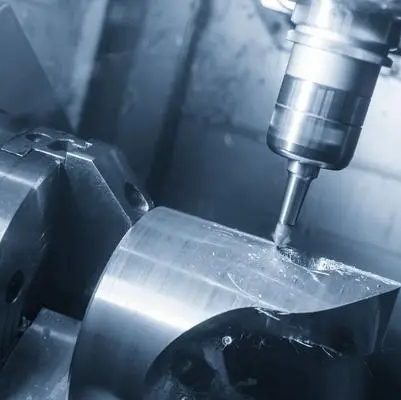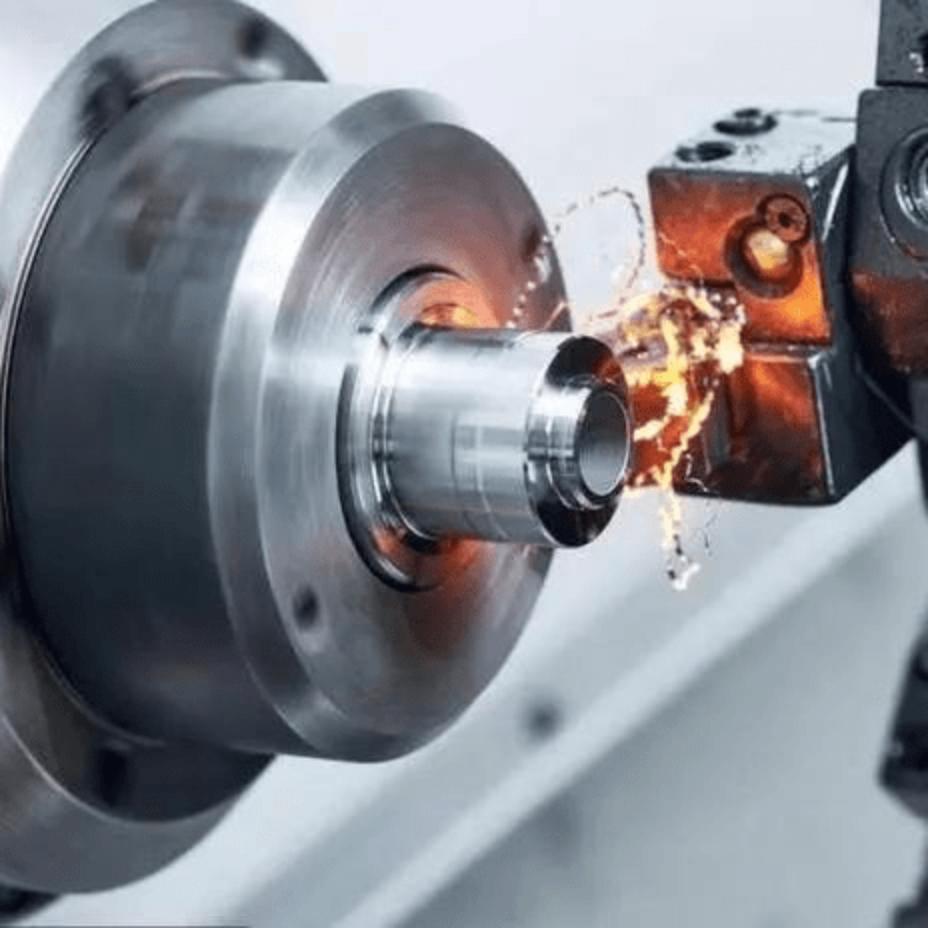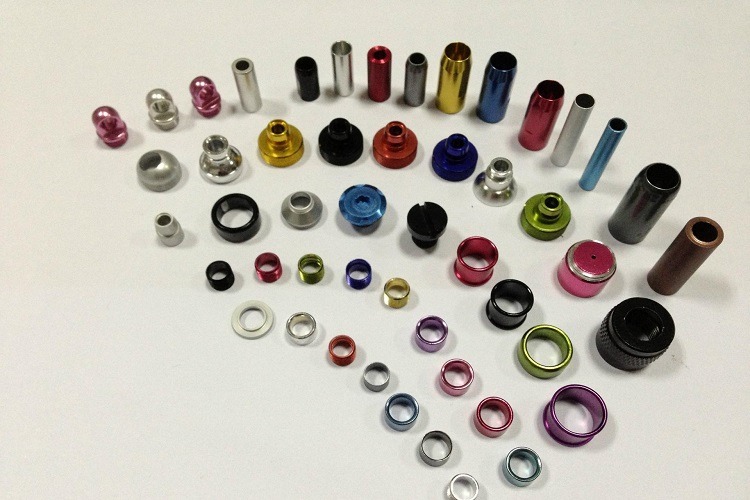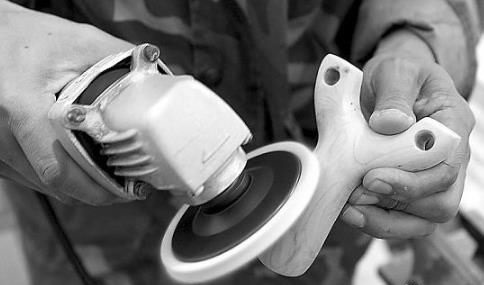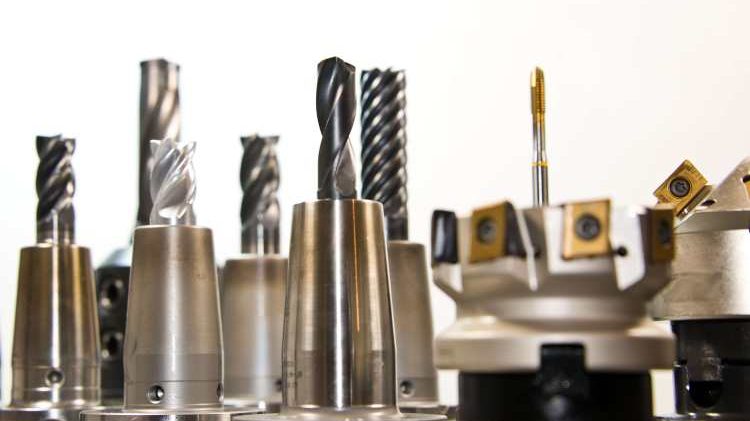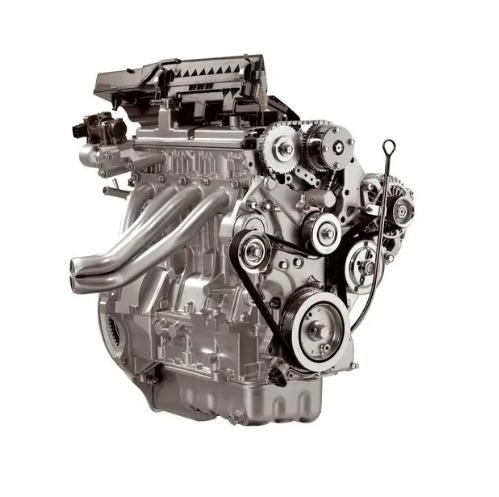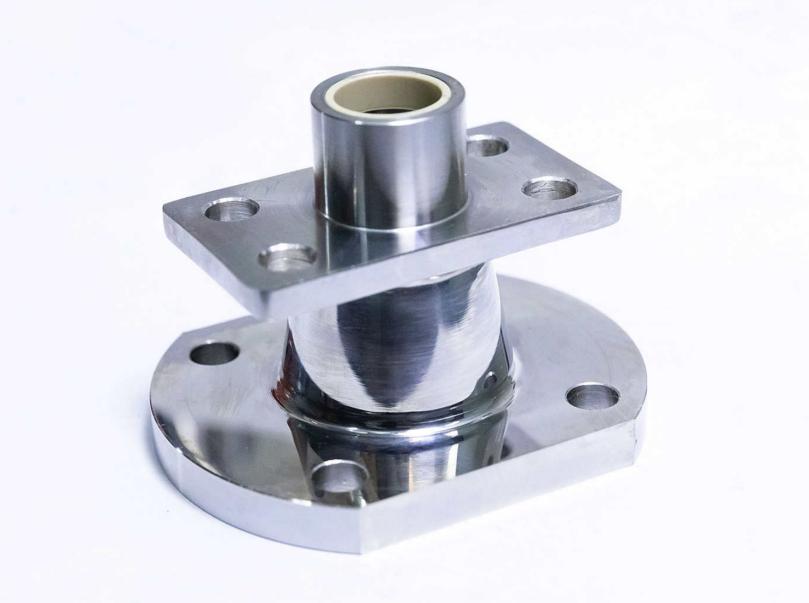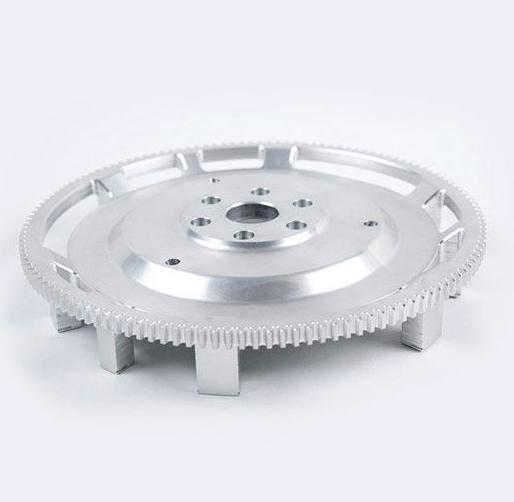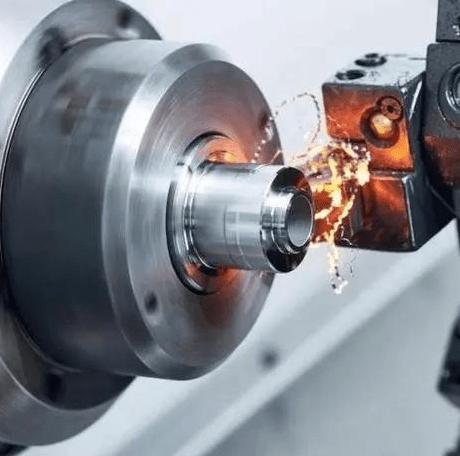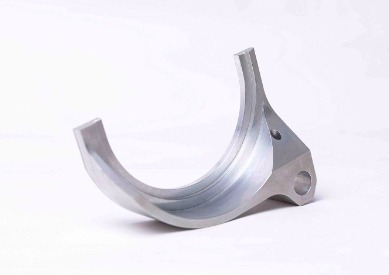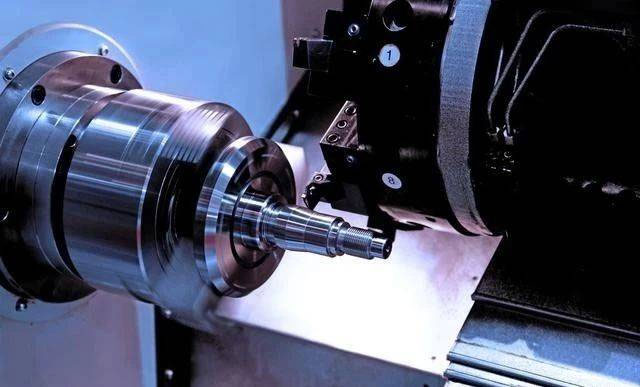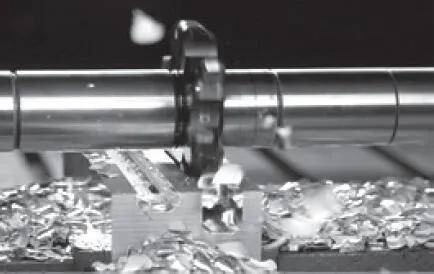The Significance of Aluminum in CNC Machining
CNC machining, an advanced manufacturing process driven by computerized control systems, has revolutionized the production of precision parts across various industries. While numerous materials can be used in CNC machining, aluminum stands out for its exceptional properties, making it a preferred choice for a wide range of applications.
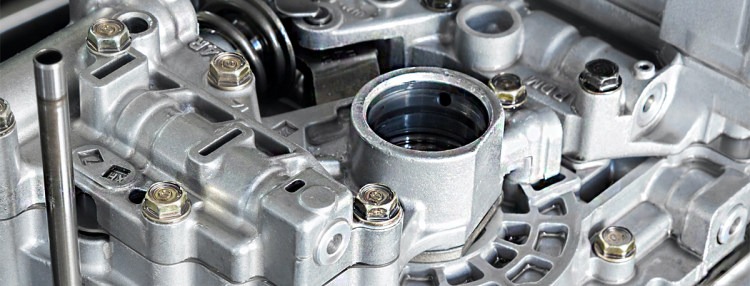
Machinability Advantage:
Aluminum is renowned for its outstanding machinability. Machinability refers to a material’s ability to be easily shaped, cut, and formed with minimal wear on cutting tools. Aluminum’s low density and relatively soft composition make it highly conducive to CNC machining processes. This results in reduced machining time, increased productivity, and extended tool life, translating to cost-effectiveness for manufacturers.
Weight-to-Strength Ratio:
One of aluminum’s key advantages lies in its impressive weight-to-strength ratio. Despite being lightweight, aluminum exhibits excellent strength and structural integrity. This characteristic is particularly crucial in industries such as aerospace and automotive, where reducing weight without compromising strength is a paramount concern. CNC machining of aluminum allows manufacturers to create intricate and strong components for applications where weight is a critical factor.
Thermal Conductivity and Heat Dissipation:
Aluminum boasts high thermal conductivity, meaning it efficiently conducts and dissipates heat. In the realm of CNC machining, this property is invaluable. The ability to manage heat generated during machining is essential for maintaining precision and preventing thermal damage to both the material and cutting tools. Aluminum’s superior heat dissipation contributes to prolonged tool life and enhanced machining accuracy.
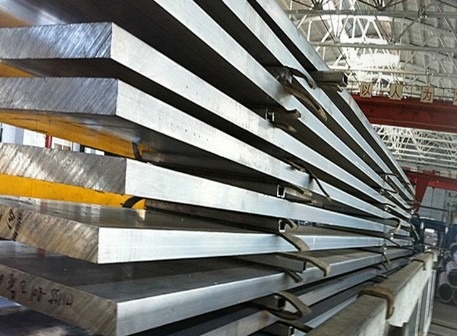
Corrosion Resistance:
Corrosion resistance is another standout feature of aluminum. This inherent property makes aluminum particularly suitable for applications in harsh environments where exposure to moisture, chemicals, or other corrosive elements is a concern. Machined aluminum parts, with their corrosion resistance, offer durability and longevity, making them reliable choices for a wide range of industries.
Cost-Efficiency and Economic Benefits:
Beyond its mechanical properties, aluminum’s economic advantages contribute significantly to its significance in CNC machining. Aluminum is abundant, making it a cost-effective material. Its lightweight nature also reduces shipping costs, and the material’s recyclability aligns with sustainable and environmentally conscious manufacturing practices, further enhancing its economic appeal.
Design Flexibility and Complex Geometries:
CNC machining allows for the precise creation of complex geometries, and aluminum complements this capability exceptionally well. The material’s malleability and CNC’s precision make it possible to manufacture intricate designs with high accuracy. This is particularly advantageous in industries such as electronics, where customized and precisely machined components are often required.
In conclusion, the significance of aluminum in CNC machining is multifaceted, encompassing its machinability, weight-to-strength ratio, thermal conductivity, corrosion resistance, alloy versatility, cost-efficiency, environmental considerations, and design flexibility. As technology and manufacturing processes continue to advance, aluminum’s role in CNC machining is likely to expand, offering manufacturers a reliable and versatile material for the production of high-quality precision parts across diverse applications.
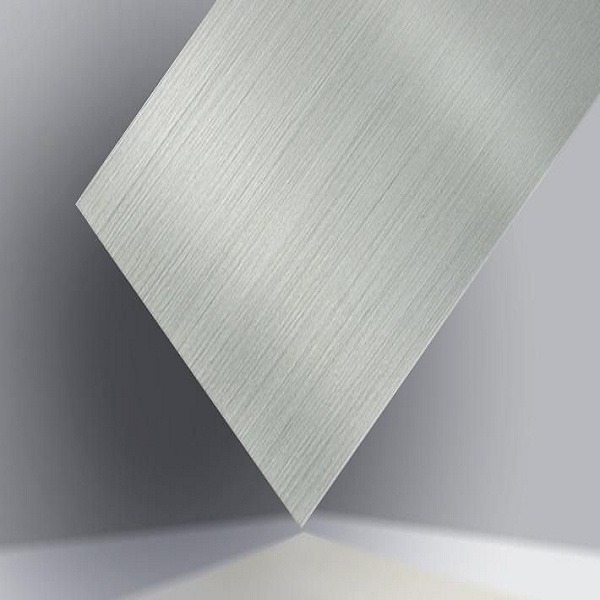
Properties of Aluminum in CNC Machining
1. Physical Properties:
Aluminum, a versatile and widely used material in CNC machining, possesses a distinctive set of physical and mechanical properties that contribute to its suitability for precision manufacturing. Understanding these properties is essential for optimizing CNC machining processes and ensuring the production of high-quality aluminum parts.
| Physical Properties | Definition | Description |
| Density | The measure of mass per unit volume of a material. | Aluminum exhibits a relatively low density, approximately one-third that of steel. This low density contributes to the lightweight nature of aluminum parts, making them ideal for applications where weight reduction is critical, such as in aerospace and automotive components. The lower density also facilitates easier machining, reducing the overall load on CNC machinery. |
| Melting Point | The temperature at which a solid material transitions to a liquid state. | Aluminum’s melting point is relatively low compared to other metals commonly used in manufacturing. At approximately 660.32 degrees Celsius (1220.58 degrees Fahrenheit), aluminum can be efficiently melted and formed, allowing for intricate designs and complex shapes during the CNC machining process. This lower melting point also contributes to energy efficiency in the machining process. |
| Conductivity | Thermal and electrical conductivity refers to a material’s ability to conduct heat and electricity, respectively. | Aluminum boasts excellent thermal and electrical conductivity. In CNC machining, high thermal conductivity is beneficial for dissipating heat generated during the cutting process, contributing to improved tool life and dimensional accuracy. Moreover, aluminum’s electrical conductivity makes it suitable for applications where electrical conductivity is a requirement, such as in electronic components. |
2. Mechanical Properties:
| Mechanical Properties | Definition | Description |
| Strength | Refers to a material’s ability to withstand an applied force without failure or deformation. | While aluminum is not as strong as some other metals like steel or titanium, it offers a favorable strength-to-weight ratio. The material’s strength is often sufficient for many applications, especially when considering its lightweight nature. CNC-machined aluminum parts can provide the necessary structural integrity while reducing overall weight, making them suitable for a wide range of industries. |
| Ductility | The ability of a material to deform under tensile stress without breaking. | Aluminum is highly ductile, allowing it to undergo significant deformation before fracture. This property is advantageous in CNC machining processes that involve forming or bending operations. The material’s ductility ensures that it can be shaped into intricate and complex geometries without compromising its structural integrity, making it suitable for the production of intricate components. |
| Machinability | Refers to how easily a material can be machined or shaped using various cutting tools. | Aluminum is renowned for its excellent machinability. Its relatively soft composition allows for efficient chip formation during CNC machining, reducing tool wear and extending tool life. The machinability of aluminum also contributes to increased productivity, making it a preferred choice for manufacturers seeking cost-effective and precise machining solutions. |
In summary, the physical and mechanical properties of aluminum, including its low density, moderate melting point, high conductivity, favorable strength-to-weight ratio, ductility, and exceptional machinability, collectively make it a highly desirable material for CNC machining. These properties enable the production of lightweight, intricate, and structurally sound components across a diverse range of industries.
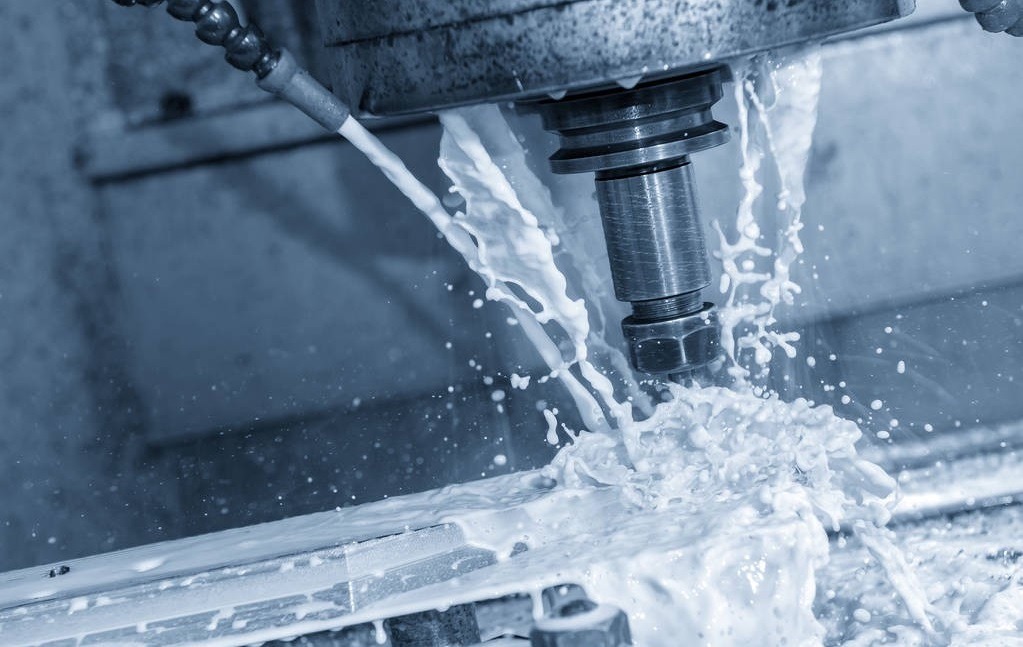
Types of Aluminum Alloys for CNC Machining
| Aluminum Series | Series Description | Notable Alloy | Applications |
| 6XXX | Heat-treatable alloys are known for excellent formability, weldability, and corrosion resistance. Primarily used for extrusions. | 6061 | Architecture, automotive, general engineering |
| 7XXX | Heat-treatable alloys recognized for high strength, are commonly used in aerospace applications. Alloy 7075 is celebrated for exceptional strength and fatigue resistance. | 7075 | Aerospace |
| 2XXX | Heat-treatable alloys known for high strength, are frequently used in aerospace and military structures. Alloy 2024 is appreciated for excellent fatigue resistance. | 2024 | Aerospace, military |
| 5XXX | Non-heat-treatable alloys are known for excellent corrosion resistance. Commonly used in marine applications, architectural components, and automotive panels. | 5052 | Marine, architecture, automotive |
Selection Criteria for Aluminum Alloys
| Application Specifics: Different applications may require specific properties. For example, aerospace applications may prioritize high strength, while architectural components may prioritize corrosion resistance. |
| Mechanical Properties: Considerations include the required strength, hardness, and toughness for the intended application. The choice between heat-treatable and non-heat-treatable alloys depends on the desired mechanical properties. |
| Corrosion Resistance: Environments with high humidity or exposure to corrosive substances necessitate alloys with excellent corrosion resistance. The 5XXX series, with its corrosion-resistant properties, is often chosen for such applications. |
| Machinability: The machinability of the alloy is a crucial factor in CNC machining. Alloys with good machinability facilitate efficient chip formation and reduce tool wear. The 6XXX series, known for its excellent machinability, is often preferred. |
| Weldability: For applications that involve welding, the ability of the alloy to withstand and form strong welds is essential. Alloys like the 5XXX and 6XXX series are known for their good weldability. |
| Cost Considerations: Economic factors, including the cost of raw materials and the machining process, play a role in alloy selection. More readily available alloys, such as those in the 6XXX series, may offer cost advantages. |
| Design Requirements: Specific design considerations, such as the complexity of the part and desired surface finish, influence the choice of alloy. Some alloys may be better suited for intricate designs, while others may provide a smoother surface finish. |
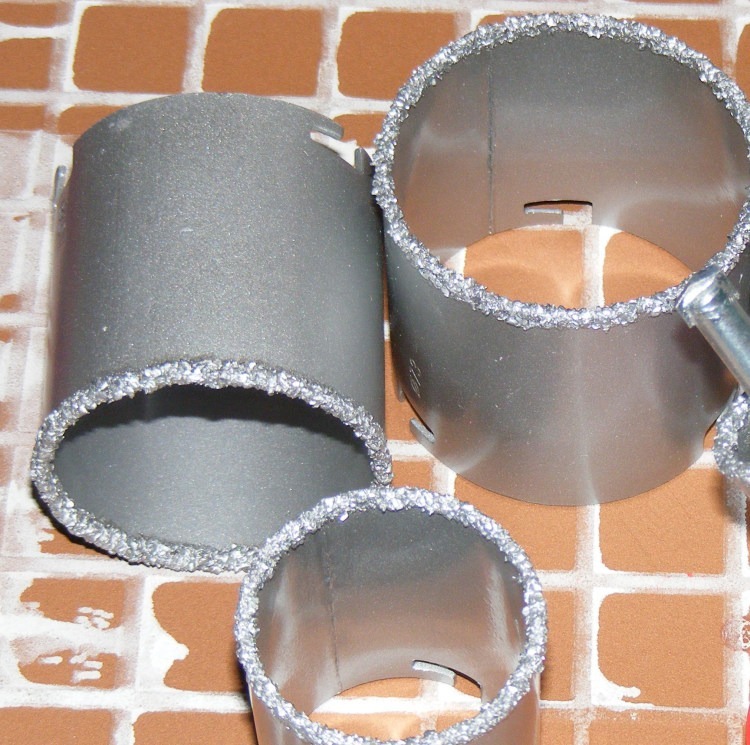
CNC Machining Processes for Aluminum Parts
CNC machining is a versatile manufacturing method that utilizes computer numerical control (CNC) technology to precisely shape and fabricate aluminum parts. Here’s a detailed description of common CNC machining processes for aluminum:
1. CNC Milling:
Process: CNC Milling uses rotating cutting tools to remove material from a workpiece, creating various features like slots, pockets, contours, and flat surfaces. It can be done on 3-axis or 5-axis machines, with the latter offering greater flexibility for complex shapes.
Applications:
- Creating intricate parts with multiple features for various industries, including aerospace, automotive, medical, and electronics.
- Machining large, flat components like plates and frames.
- Producing prototypes and small batches of custom parts.
2. CNC Turning:
Process: CNC Turning uses a single-point cutting tool to remove material from a rotating workpiece, typically cylindrical or bar stock. It creates features like internal and external threads, diameters, grooves, and tapers.
Applications:
- Manufacturing high-precision cylindrical parts like shafts, gears, and bushings.
- Producing large quantities of identical parts efficiently.
- Creating parts with internal threads and complex profiles.
3. CNC Drilling and Tapping:
1. Hole Drilling:
Process: CNC drilling uses drill bits to create various-sized holes for assembly purposes, fasteners, or other functional applications.
Applications:
- Drilling precise holes for bolts, rivets, and dowels.
- Creating channels for fluid flow or cooling purposes.
- Adding access points for other machining processes.
2. Tapping:
Process: Tapping uses threaded tools to create internal threads in drilled holes, allowing for screw attachments.
Applications:
- Securing components with threaded fasteners for assembly.
- Creating ports for pipes and fittings.
- Adding connection points for electrical components.
In summary, CNC milling, CNC turning, and CNC drilling/tapping are integral processes in the machining of aluminum parts. These processes leverage computer-controlled precision to shape aluminum components with accuracy, efficiency, and versatility, catering to a wide range of industrial applications.
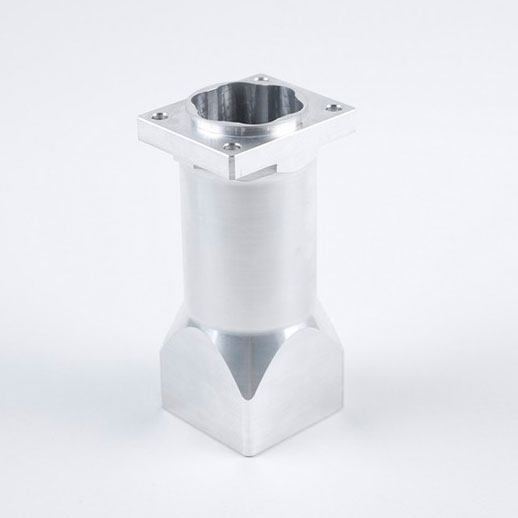
Surface Finishing in CNC Machining Aluminum Parts
Surface finishing is a critical aspect of CNC machining that enhances the aesthetic, functional, and performance characteristics of aluminum parts. Here’s a detailed description of the importance of surface finish and common techniques used in CNC machining for aluminum parts:
1. Anodizing:
Anodizing is an electrochemical process that enhances the corrosion resistance and durability of aluminum parts. The aluminum part is immersed in an electrolytic solution, and an electric current is passed through to stimulate the formation of an oxide layer on the surface. This oxide layer not only provides a protective coating but can also be dyed to achieve various colors. Anodizing is widely used in the aerospace, automotive, and consumer electronics industries.
2. Polishing:
Polishing is a mechanical process that involves the removal of surface imperfections and scratches to achieve a smooth and reflective finish. Various polishing techniques, such as abrasive polishing, buffing, and chemical polishing, can be employed based on the desired level of shine. Polishing is often used for high-end consumer products, decorative components, and parts requiring enhanced visual appeal.
3. Coating:
Coating involves applying a thin layer of material onto the surface of the aluminum part. Common coating types include powder coating, paint, and protective coatings. Powder coating involves applying a dry powder that adheres electrostatically to the surface and is then cured to form a durable finish. Paint provides a versatile option for achieving different colors and finishes. Protective coatings may include anti-corrosive coatings for enhanced durability.
In conclusion, surface finishing is a critical step in CNC machining aluminum parts, offering benefits ranging from improved aesthetics to enhanced functionality and durability. Anodizing, polishing, and coating are versatile techniques that cater to different requirements, allowing manufacturers to meet diverse application needs across various industries.
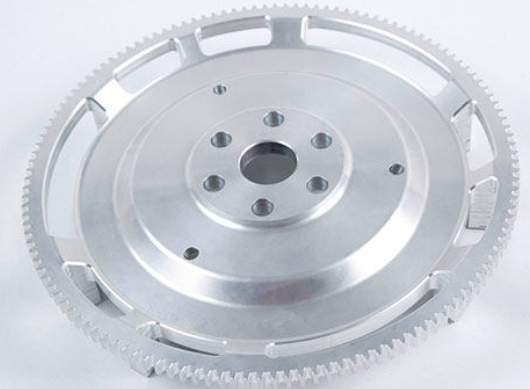
Best Practices and Tips for CNC Machining Aluminum Parts
CNC machining aluminum parts requires careful consideration of various factors to ensure optimal results. Here’s a detailed description of best practices and tips for key aspects of the CNC machining process:
1. Cutting Speeds and Feeds:
- Cutting Speed: Aluminum has a relatively low melting point, and maintaining an appropriate cutting speed is crucial to prevent excessive heat buildup. Higher cutting speeds are generally preferred for aluminum to avoid chip welding and achieve better surface finishes.
- Feeds: Proper feed rates contribute to efficient chip evacuation and help prevent tool wear. High feed rates can be beneficial for aluminum machining, but they should be balanced with cutting speeds to avoid tool overload.
2. Cooling and Lubrication:
- Coolant Selection: Coolants help dissipate heat generated during machining, preventing tool and workpiece overheating. For aluminum, which has good thermal conductivity, water-soluble coolants are commonly used. Opt for coolants that provide effective cooling without causing corrosion on aluminum surfaces. Adjust coolant flow rates based on the machining operation and tool engagement.
- Lubrication: Lubrication aids in reducing friction between the cutting tool and the workpiece, promoting smoother machining and extending tool life. Consider using lubricants or cutting fluids designed for aluminum machining. Ensure proper application to the cutting tool and workpiece interface to enhance lubrication effectiveness.
3. Fixturing and Workholding:
- Sturdy Fixturing: Securely holding aluminum parts during machining is essential to prevent vibrations and ensure accurate cuts. Use well-designed fixtures and clamps that provide sufficient holding force without causing deformation. Ensure that the workpiece is securely and evenly supported.
- Minimize Material Vibration: Vibrations can negatively impact surface finish and dimensional accuracy. Optimize cutting parameters to reduce chatter and vibrations. Consider using vibration-damping tools and strategies to minimize harmonics in the machining process.
Implementing these best practices and tips can enhance the efficiency, accuracy, and overall success of CNC machining aluminum parts. Continuous monitoring, optimization, and attention to detail contribute to the production of high-quality aluminum components.
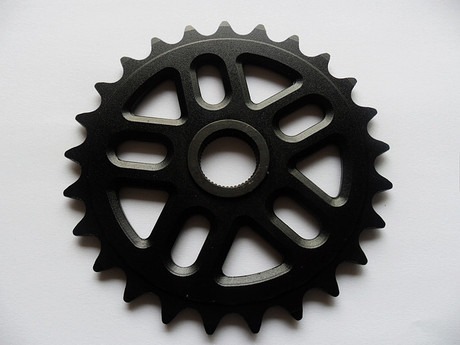
Choose a Reliable CNC Machining Company for Your Aluminum Machined Parts
If you don’t want to invest a significant amount of time and effort in machining aluminum alloy parts yourself, consider finding a simple solution for procuring aluminum machined parts, and JTR can assist you.
We can provide high-quality manufacturing solutions that can bring your designs to life within a few hours. This allows you to conduct rigorous product testing and make all necessary changes to perfect the design before full-scale production.
Our on-demand manufacturing platform offers instant quotes and expert support, ensuring you quickly receive parts of industrial-grade quality. Take a closer look at the website and upload your design for an immediate quote.


